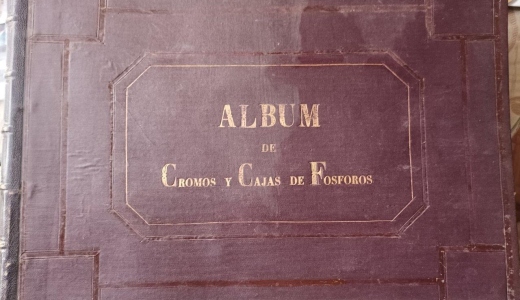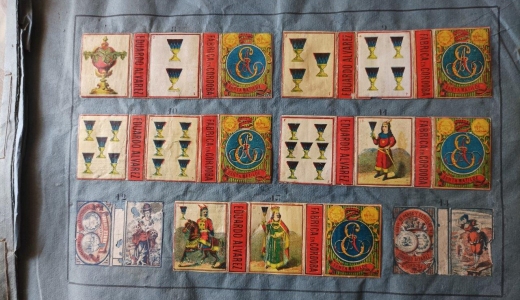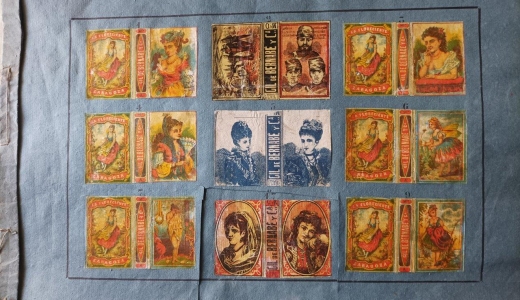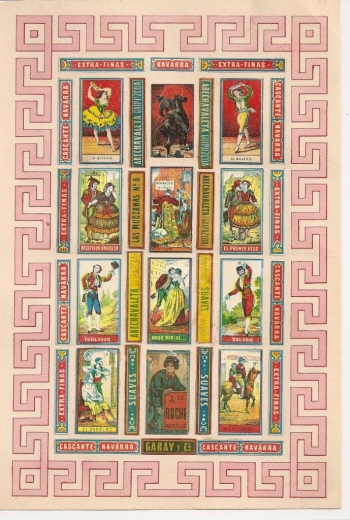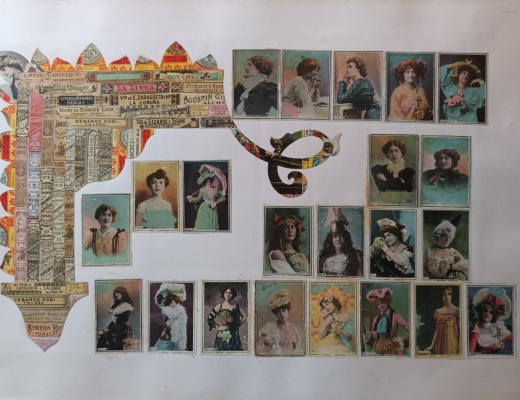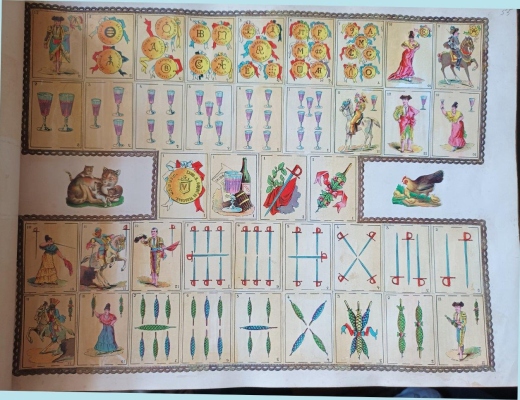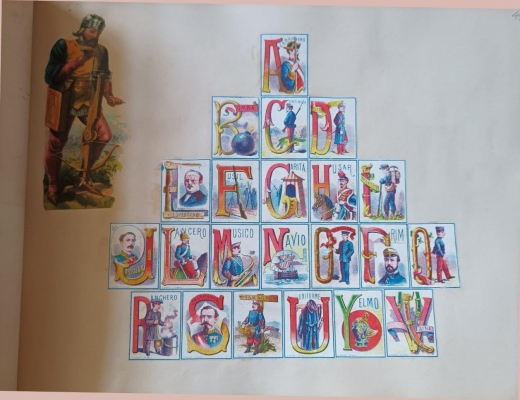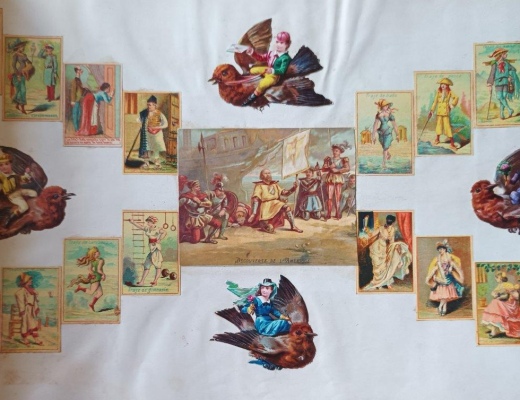
Committee’s Award winner 2022
Exhibitor : Jesús María Bollo García

Click here for Spanish language version
When a Phillumenist comes across a 19th century scrapbook album they have in their hands a real treasure chest for two reasons : on the one hand it contains many matchbox labels that are not usually found in the shops or in auctions, and, in addition, an opportunity to spend many hours enhancing their own collections while looking through the beautiful scrapbook.
The most elaborate scrapbook albums (and therefore the real treasures) feature covers either of leather or other materials with sewn and well-bound pages, like the one below.
Who made the scrapbook albums ?
In order to understand how and why these scrapbook albums appear we need to go back to the time when they were made : a world completely different from our current one, in which there was neither light, nor leisure, nor universal free education, nor a living wage, etc. etc.

We need to bear in mind that in the late 19th Century children and young people began working at a very early age and with schedules that would be considered completely unacceptable today (just look at the photos that exist, for example; of the workers of the Pascasio Lizarbe Factory, mostly young girls). A high percentage of the population was illiterate and families had few belongings, with little time to devote to leisure (in Spain the Sunday rest day wasn’t implemented until 3rd June 1904). The typical workday was 14 to 16 hours a day, which was logically not really a stimulus to devote time and money to creating a scrapbook album of matchbox labels.
My conclusion therefore is that the people who made these albums must have come from families of a medium or high status, because they needed money and they needed time for such a detailed artisan undertaking.
How were the albums made ?
There are many different examples of scrapbook albums, but they all start with large sheets of paper or card onto which the labels are glued. Sometimes the labels were laid out in order and sometimes just as they were acquired rows, like these :
But often the “Phillumenist” used their own imagination to enhance the collection by incorporating other items of common “ephemera” such as die-cut cards, prints, chocolate cards. And sometimes they would add their own pen-and-ink drawings :
The creativity, skill and attention to detail of the maker was almost limitless, as these examples show :
As you can see from the first to the last photo the treasure contained in any scrapbook album speaks for itself.
Good luck searching, and I hope you also find your own treasure.
Click here to return to the Gallery.


